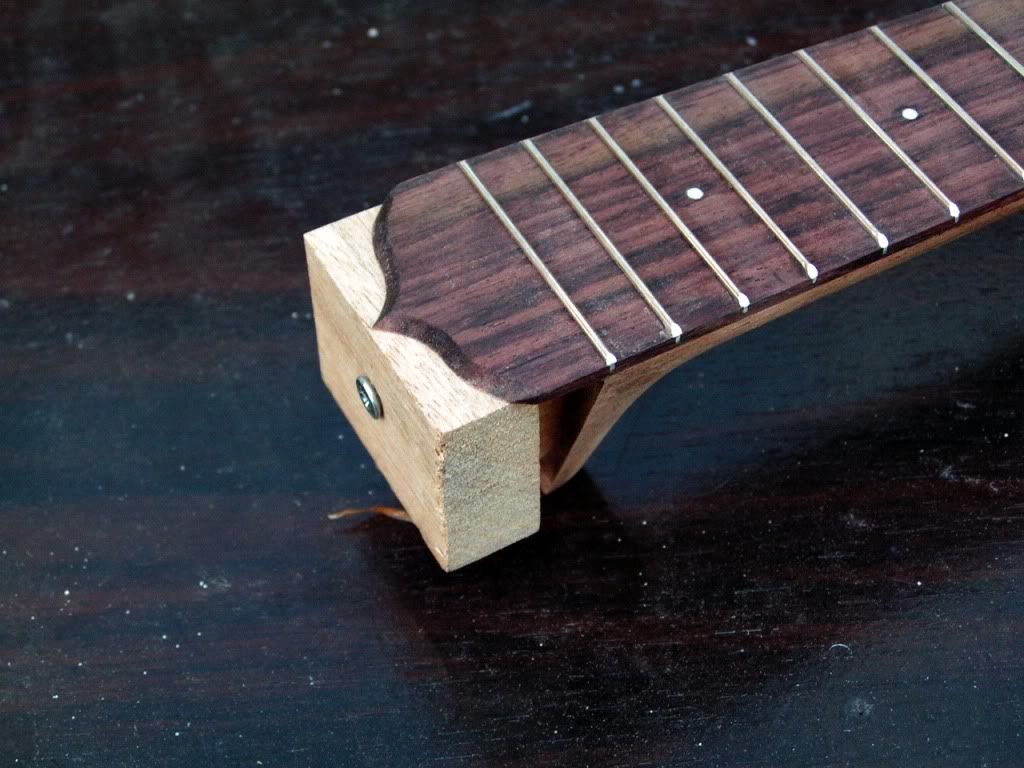So for the past couple of days I've been working my way through the posts in this forum and learning a TON about building ukes. I've built a couple of grizzly kits and am trying to build up courage to try a stew-mac kit. I started a word doc of interesting tips that I've found and I thought it would be nice to share them (paraphrased):
For tracing the top with a small border, use a washer on the tip of your pencil to trace around the template. Pete
To make a perfectly round sound hole, attach sandpaper to a funnel and use that to perfect the circle. Argapa
Drill press used with dowel to insert frets into fret board. Also, insert frets from the spool rather than cutting them all out. Pete
To practice inlay, print out the alphabet and tape it to a piece of scrap, then rout out all the letters. Moore
Broken pieces of glass can work well as scrapers, especially a bottle for shaping a neck. Also you can use microscope slides. – Various (Pete Howlett thinks this is a silly idea and would rather use metal)
These are just the few I have collected so far... Anyone have any others?
For tracing the top with a small border, use a washer on the tip of your pencil to trace around the template. Pete
To make a perfectly round sound hole, attach sandpaper to a funnel and use that to perfect the circle. Argapa
Drill press used with dowel to insert frets into fret board. Also, insert frets from the spool rather than cutting them all out. Pete
To practice inlay, print out the alphabet and tape it to a piece of scrap, then rout out all the letters. Moore
Broken pieces of glass can work well as scrapers, especially a bottle for shaping a neck. Also you can use microscope slides. – Various (Pete Howlett thinks this is a silly idea and would rather use metal)
These are just the few I have collected so far... Anyone have any others?

